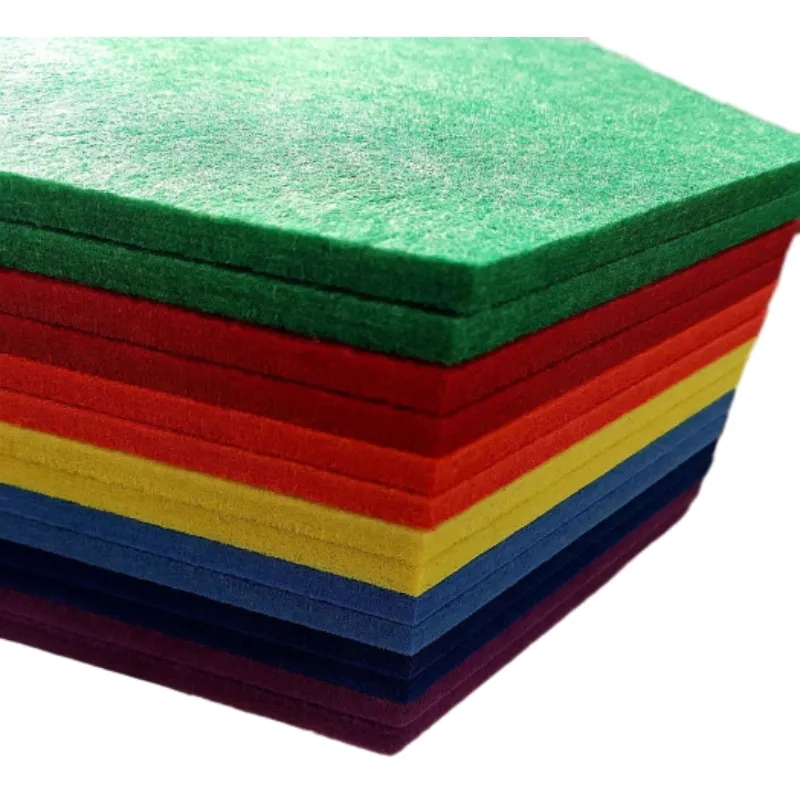Exploring Different Varieties of Felt Materials and Their Unique Applications
Understanding Different Types of Felt
Felt is a versatile and ancient textile made by matting, condensing, and pressing fibers together. Its origins can be traced back thousands of years, and today it is widely used in various applications ranging from fashion to craft projects, industrial purposes, and home décor. Understanding the different types of felt can greatly enhance our ability to choose the right kind for our specific needs.
1. Wool Felt
Wool felt is the most traditional and well-known type. Made from animal fibers, primarily wool, it is prized for its warmth, durability, and ability to hold shape. Wool fibers have scales that interlock when agitated, creating a dense and sturdy fabric. It can be classified into two main types needle-felted and wet-felted wool felt. Needle felting involves using barbed needles to tangle the fibers, while wet felting uses moisture, soap, and agitation to mat the fibers together. Wool felt is often used in clothing, accessories, and high-quality crafts.
2. Synthetic Felt
Synthetic felt is made from man-made fibers such as polyester or acrylic. This type of felt is popular for its affordability and variety of colors and textures. Unlike wool felt, synthetic felt is typically more consistent in thickness and does not have the same natural warmth. It is often used in crafting, home décor, and educational tools like felt boards. Synthetic felt is also resistant to moisture and can be easier to clean, making it suitable for a range of projects.
As environmental awareness grows, eco-friendly felt made from recycled materials has entered the market. This type of felt is produced using recycled plastic bottles or other post-consumer waste, transforming it into a functional textile. Eco-friendly felt retains many qualities of traditional felt, such as durability and versatility, while also promoting sustainability. It is commonly used in home organization projects, wall art, and even eco-conscious fashion items.
types of felt

4. Craft Felt
Craft felt, often found in craft stores, is a type of synthetic felt that is lightweight and easy to work with. It usually comes in sheets and is available in a wide range of colors, making it perfect for school projects, home crafts, and DIY decorations. This felt is ideal for beginners as it does not fray, allowing for clean edges without the need for sewing. Craft felt is often used in making decorations, toys, and simple clothing items.
5. Industrial Felt
Industrial felt is specifically designed for heavy-duty applications. It is made from both natural and synthetic fibers and is used in various industries for insulation, soundproofing, padding, and more. This type of felt is engineered to withstand high levels of wear and tear, making it suitable for machinery, manufacturing processes, and automotive applications. Industrial felt often comes in large sheets or rolls and can be customized to meet specific industry requirements.
6. Blended Felt
Blended felt combines both natural fibers, like wool, and synthetic materials to create a fabric that offers the best of both worlds. This type of felt is often softer than pure synthetic felt while maintaining the durability of wool. It is popular for crafting and home décor projects where a balance of appearance, tactile quality, and cost is important.
In conclusion, the diversity in types of felt allows crafters, designers, and manufacturers to select the most appropriate material for their projects. From luxurious wool to durable synthetic and eco-friendly options, understanding these differentiations can help in making informed choices that meet both functional and aesthetic needs. Whether for crafting, fashion, or industrial use, felt remains a timeless fabric with endless possibilities.
-
What Makes Felt a Great Choice?NewsNov.19,2024
-
Total Mixed Ration (TMR) Feed for CattleNewsNov.19,2024
-
The Ultimate Guide for Felt Polishing WheelsNewsNov.19,2024
-
Industrial Felt for Various ApplicationsNewsNov.19,2024
-
Felt Makeup Bags and Inserts BagsNewsNov.19,2024
-
Choosing the Right Hotel TowelsNewsNov.19,2024
-
Your Go-To Guide For Affordable Wholesale Wool FeltsNewsOct.31,2024







